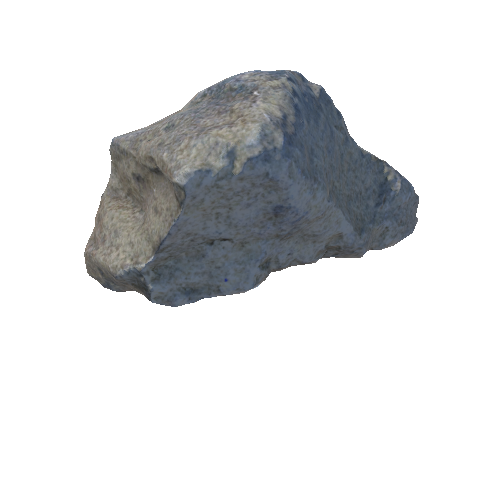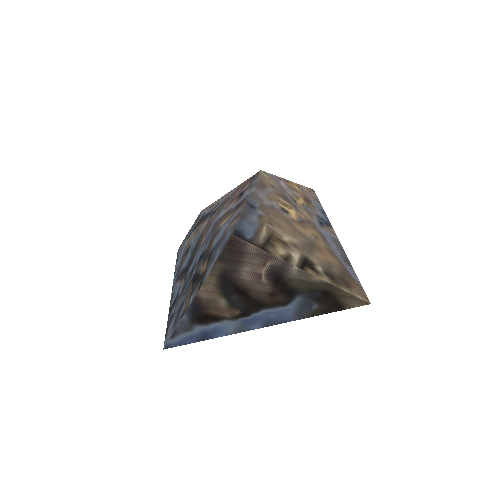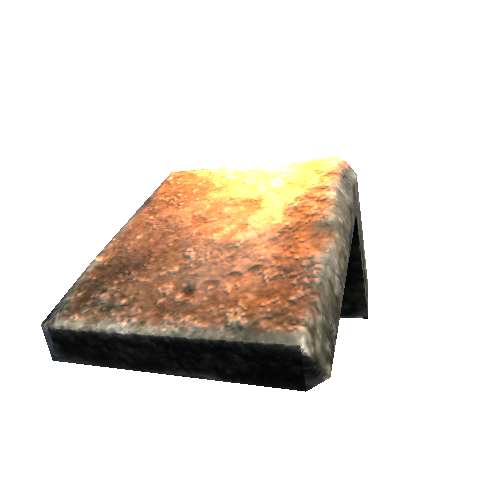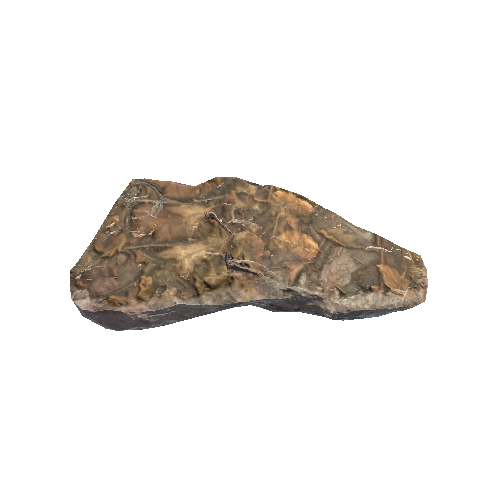Select or drop a image or 3D model here to search.
We support JPG, JPEG, PNG, GIF, WEBP, GLB, OBJ, STL, FBX. More formats will be added in the future.
Asset Overview
Specimen of the iron oxide mineral haematite with barytes - a barium sulphate mineral. Haematite has a variety of naturally occurring forms including tabular crystals, thin (micaceous), kidney-shaped (reniform), grape-like (botryoidal) or stalactitic masses and more. It also has a broad range of colour, from black and grey to shiny metallic or bright red.
Haematite is possibly one of the oldest minerals to be given an “-ite” suffix. It was originally named by Theophrastus in 300–325 BC as “aematitis lithos” translating to “blood stone”. It was then translated by Pliny the Elder to “Haematites” meaning “bloodlike”.
Barytes is generally a colourless or white mineral; the name derives from the ancient Greek “barús” meaning “heavy”, due to its unusual weight for a non-metallic mineral. It has a wide variety of uses including a non-magnetic weighting agent in oil and gas drilling fluids.
This specimen is part of the Museum’s McLean Collection and was scanned with an Artec Spider 3D scanner by Courtney Szanto.
Recommended for you























